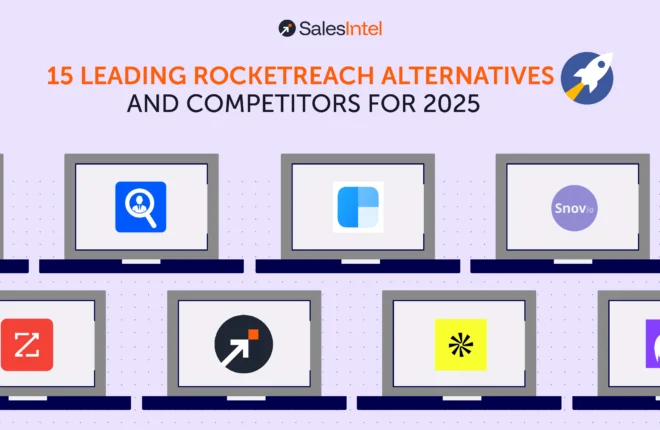When it comes to prospecting new business, the quality of your lead list is directly correlated to the outcome of your campaign. Targeted lead lists deliver better results while bad lists demoralize your team, damage your reputation, and sabotage your campaign by wasting time prospecting unqualified leads.
Here are three steps to create your perfect lead list.
Step One: Know What Data You Need
The types of businesses you intend to target, the titles you are targeting at those businesses, and the mediums you intend to utilize will determine what data you need in your lead list.
Creating a buyer profile is an excellent exercise to help you think through these details. Once you have a buyer profile, you can begin to determine what data you need to reach them. Here are some examples to get you thinking:
- Buyer A: You’re selling a SaaS tool that automates social media posting. Your buyer persona is Social Media Managers at B2B companies. In this scenario, you may want to prioritize LinkedIn profile links and emails over phone numbers.
- Buyer B: You’re selling a supply chain management tool. Your buyer persona is Plant Managers at large manufacturing facilities. In this scenario, you may want to rely on direct line phone numbers rather than LinkedIn.
In each scenario, your buyer persona directly impacts the data you need to populate in your lead list. Run through this exercise before you start building your list to give yourself clarity and direction.
Step Two: Only Use the Most Reputable Sources
When it comes to prospecting new business, a good lead list is paramount to successful outcomes. Not only will a good lead list boost your efforts, but a bad list can be costly. To quantify the cost of bad data, consider this scenario:
Your Sales Development Rep (SDR) makes an average of one call every 5 minutes. Over an 8-hour calling period, they make 96 calls.
Now consider the possibility that 10% of their phone numbers are inaccurate.
Despite a 90% accurate calling list, each SDR wasted more than 45 minutes calling into numbers that had no chance of turning into a business. This is costly for your business and demoralizing for your sales team.
As we demonstrated above, buying bad data is an expensive mistake with ramifications extending beyond the cost paid for the data. To combat this, use only the most reputable sources when purchasing data.
In particular, we are big fans of SalesIntel because they re-verify their data every 90 days which ensures the most up-to-date info.
Step Three: Re-Verify When Necessary
Using the same numbers from the example above, where your SDR makes 96 calls a day, even a 98% accurate lead list presents 1-2 inaccurate records over an 8-hour calling period. When this inevitably happens, you will need to re-verify your data for 1-2 records per day and there are a couple of options at your disposal.
Depending on how you discovered your data was inaccurate, your first option may be to verify your information over the phone. If you are on the phone with a receptionist who tells you that your target prospect no longer works at the company, you may be able to inquire who is now in their position and ask to be transferred. You may be able to verify that new information on the spot!
Verifying your new contact and their information on the same call is the most ideal situation, however not the most likely. You may choose to look on LinkedIn and see if there is another person you can reach and then try to gain their contact information on subsequent calls, but this does require a time investment.
Or if you were wise enough to use SalesIntel then you’ll have no problem getting the info you need by submitting a research on-demand request! Either way, don’t settle for a subpar lead list unless you want to settle for subpar results.
About SalesRoads
SalesRoads is North America’s leading B2B Appointment Setting and SDR Outsourcing firm. With nearly 12 years of demand generation experience, SalesRoads has built more than 425 Outsourced SDR Teams setting more than 50,000 appointments in the process.




